Apple Scab Disease Fact Sheet - The Twin Cities
What is Apple Scab?
The easiest way to describe this very common plant health care issue is that it is a fungal disease of apple and crab apple trees. The disease does not kill its host but can cause leaves to fall from the tree earlier than Fall. In the winter, the fungus survives in leaves that have fallen to the ground. As a relatively common disease throughout the Twin Cities Area, we’ve dealt with this issue for many years and have tried and tested techniques to manage it the right way and ensure your apples aren’t damaged!
How to spot Apple Scab
There are a variety of telltale signs to look for when trying to spot if your tree has been infected. These are:
Brown and olive-colored spots on leaves. These leaves then turn black at a later date
Heavily infected leaves may turn yellow and drop from the tree
The apples on the tree may also display lesions or brown spots that are similar to leaves
The brown spots on the apples can become brown and corky
Infections can cause the apples to mature unevenly and crack
read our blog to find out more about apple scab
“To successfully manage apple scab, fungicides need to be applied before leaf spots appear. Apple scab spores are released very early in the growing season, which means fungicide sprays must begin when the first green leaf tips emerge in spring.”
How does Apple Scab infect the tree?
There are a number of conditions that need to be in place for the apple scab fungus to infect the tree:
Leaf tissue has begun to grow
Leaves must be wet for at least 6 hours
Temperatures in the mid-60s or above
Spores of the fungus need to be in the vicinity
The life cycle of Apple Scab
In late Fall and early Spring, it’s possible that black lesions can develop on parts of the tree and leaves that have been infected in the previous season
Spores on infected trees can be released and spread around by elements such as wind and rain
Apple Scab can infect leaves, fruit, and blossoms
Primary infections produce secondary spores which infect other leaves and fruit
Secondary infections continue throughout the growing season and into the wetter part of the year
Things you can do to reduce the spread of Apple Scab
Rake and dispose of fallen leaves quickly to avoid the build-up of problematic spores
Do not compost infected leaves
Improve air circulation through tree pruning
Water at ground level only to avoid splashing on foliage
Contact us to create a plant healthcare treatment plan that’s right for you



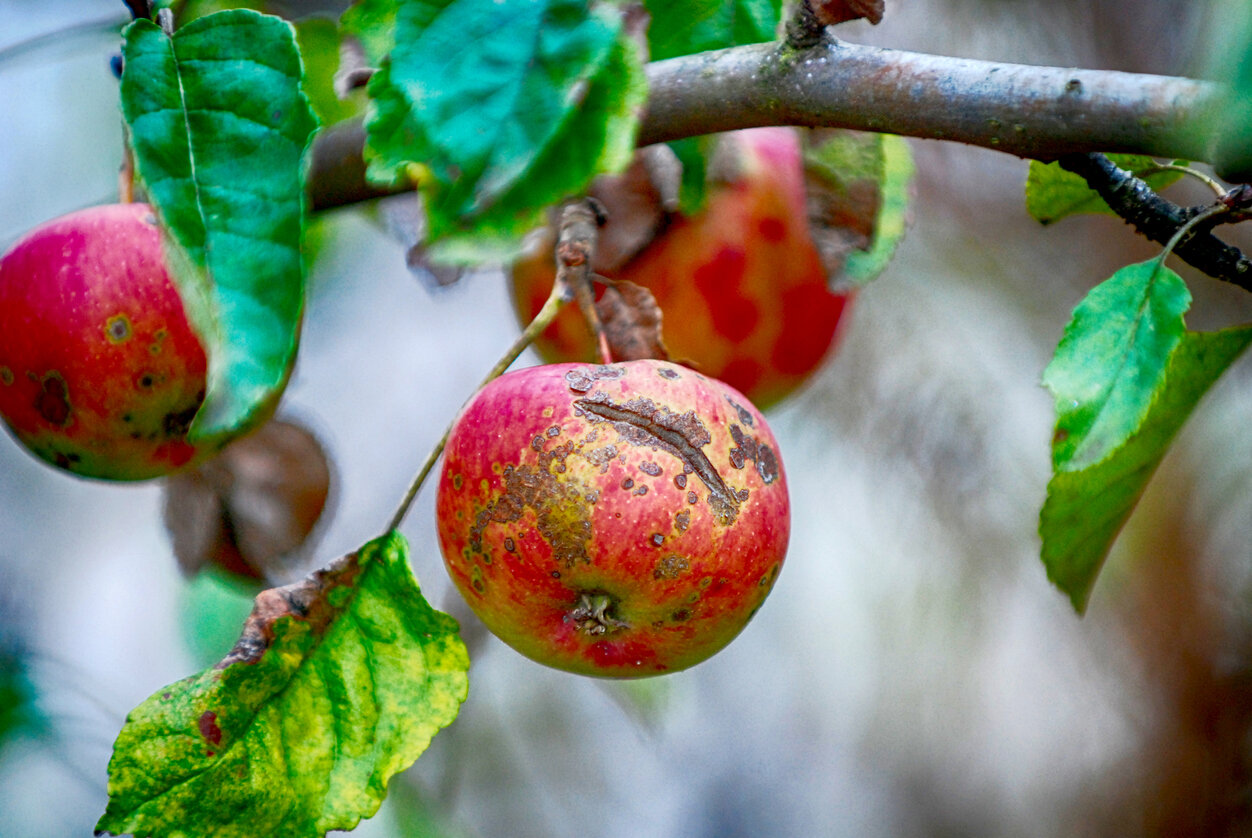
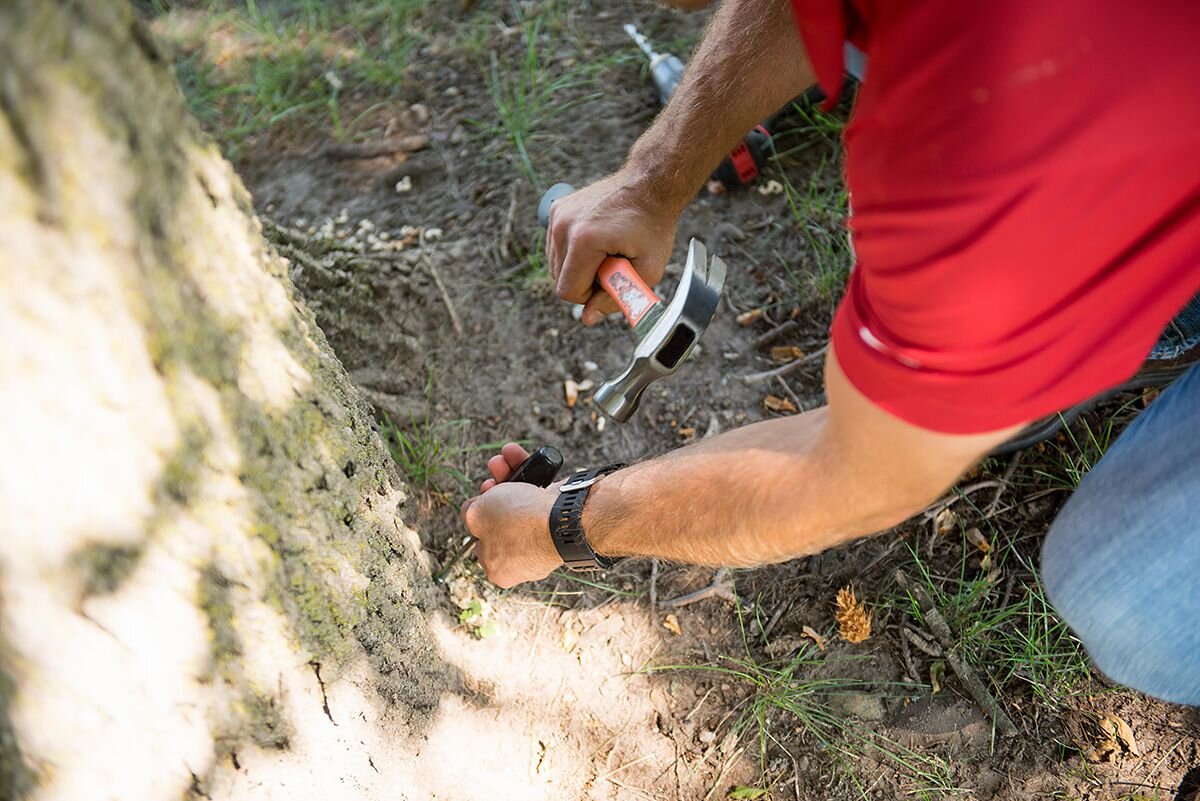
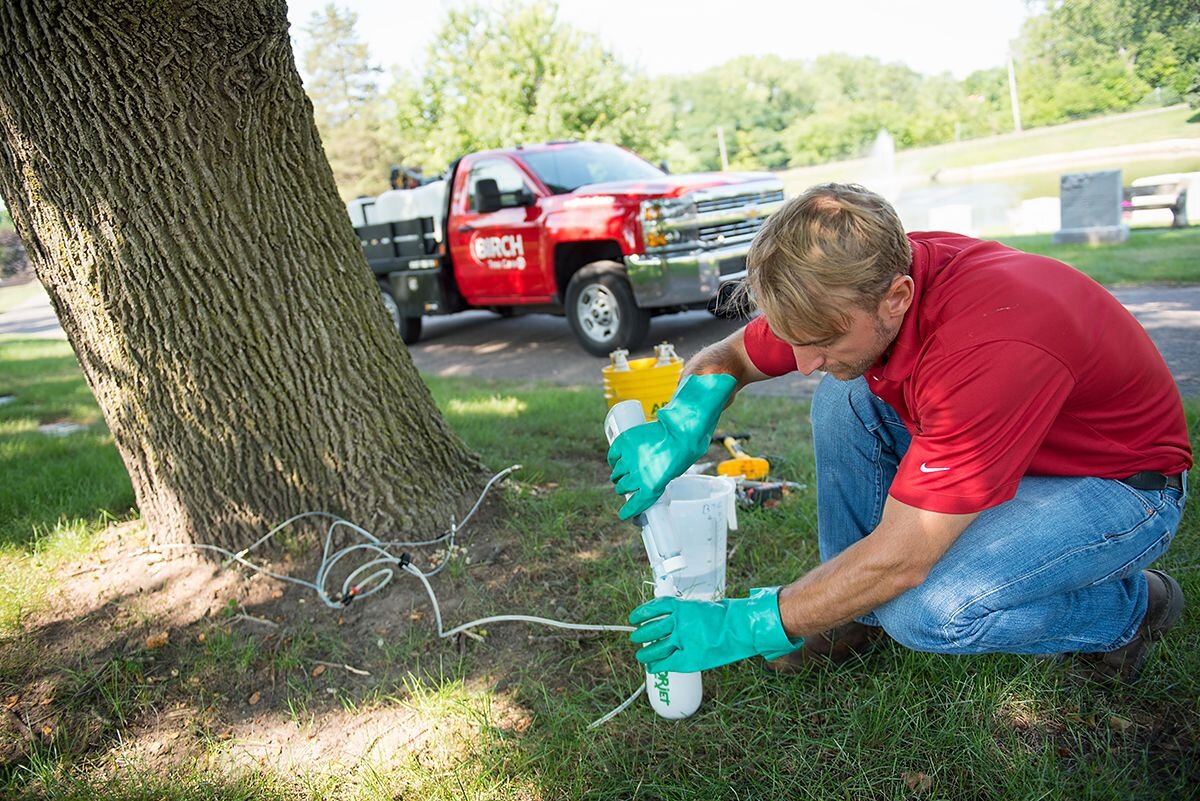
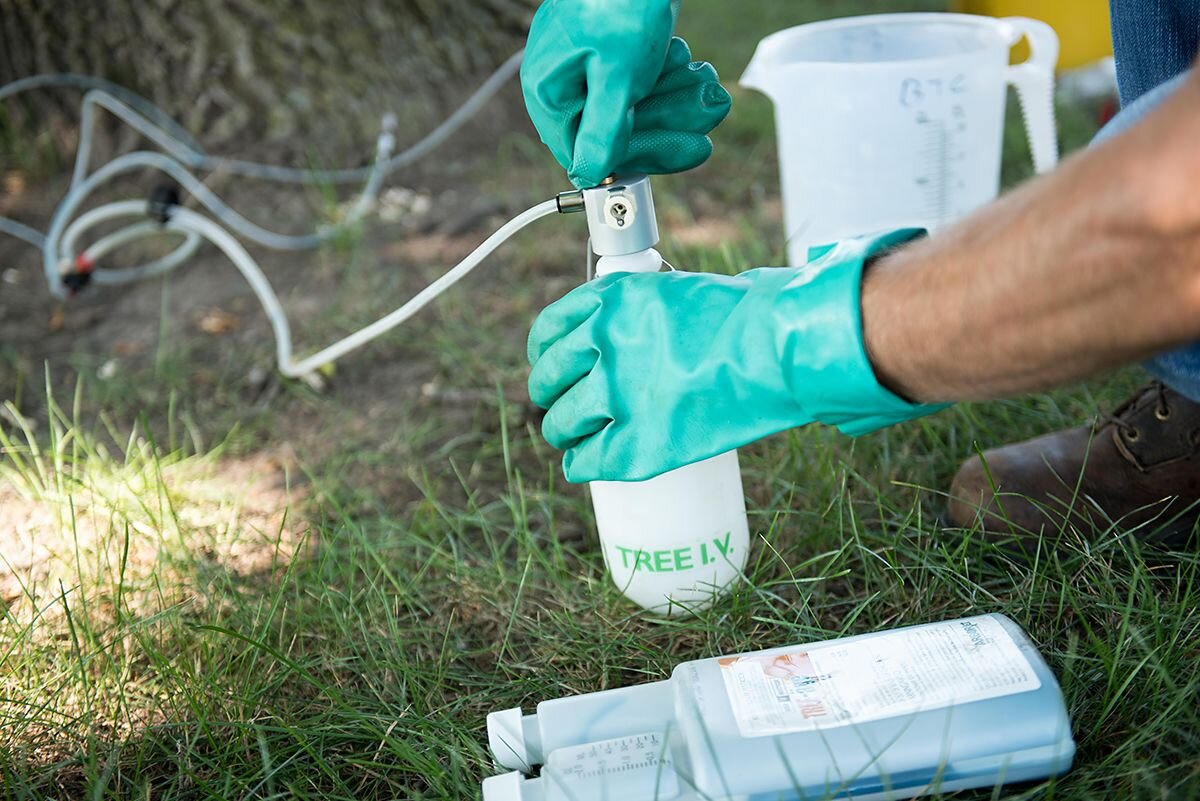
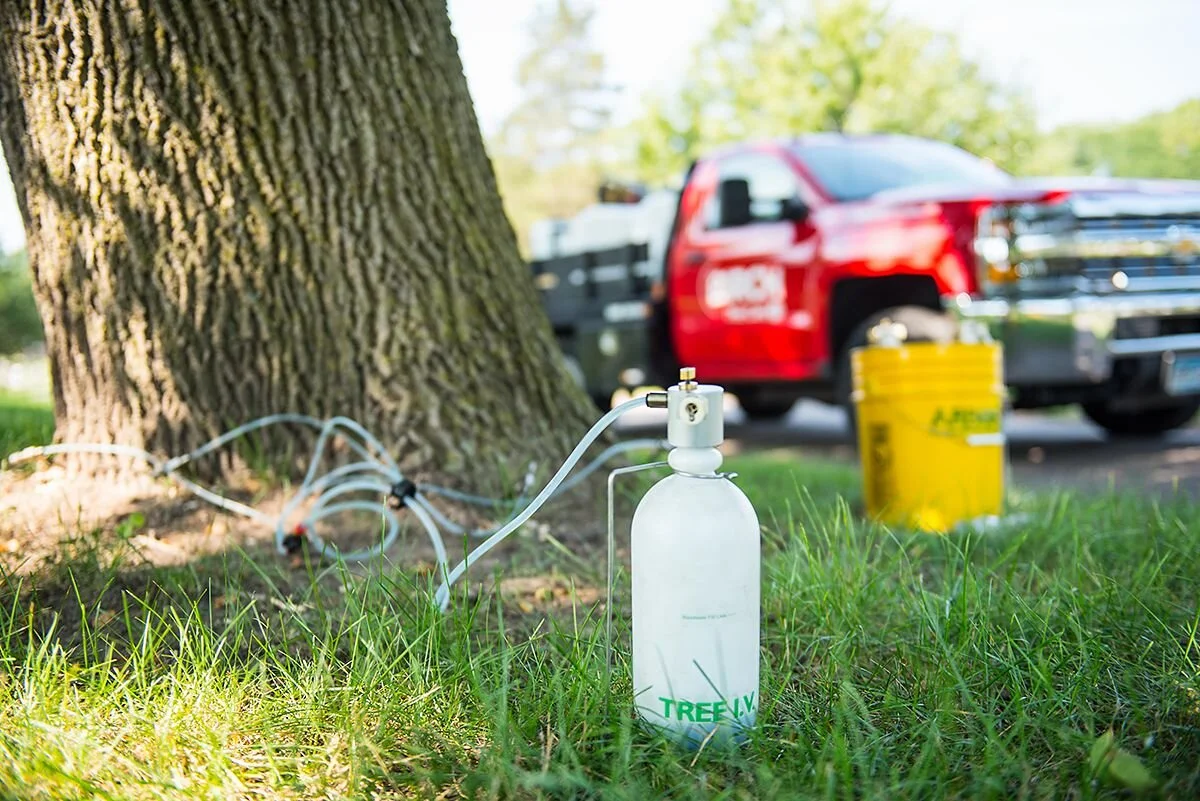
![Apple Scab Treatment in the Twin Cities: Complete Prevention Guide [2025]](https://images.squarespace-cdn.com/content/v1/59cbf998197aeaead99e3780/1741295356432-XJ00U0LZU121HOD6E1TG/Screen+Shot+2025-03-06+at+1.09.01+PM.png)




